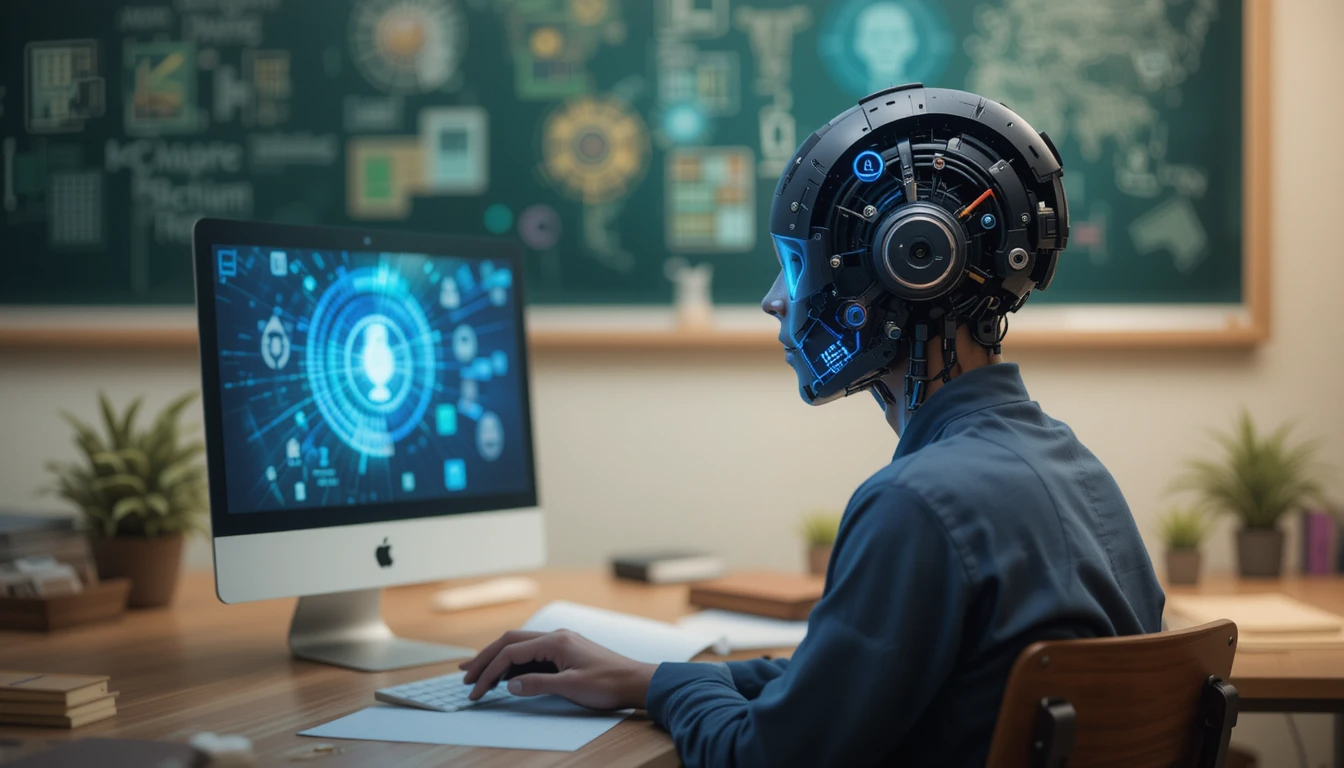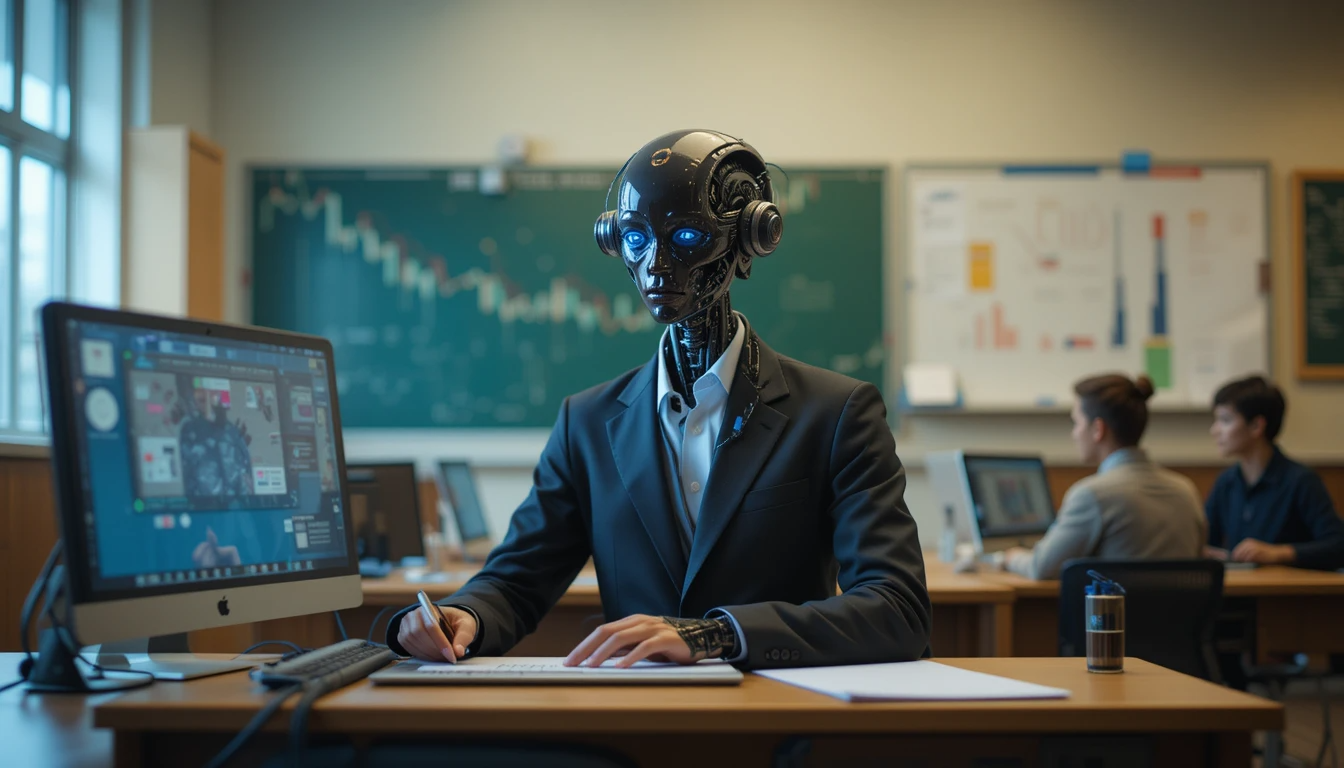
10 Applications of AI in Education for Teachers & Students
Artificial Intelligence (AI) is revolutionizing classrooms worldwide, offering innovative solutions to age-old challenges. From automating administrative tasks to creating personalized learning paths, AI empowers educators and students to achieve more with less effort. In this article, we’ll explore practical AI applications, highlight actionable tools, and show how to integrate them seamlessly into your educational workflow.
Why Embrace AI in Education?
AI isn’t here to replace teachers—it’s here to amplify their impact. By handling repetitive tasks and analyzing data, AI frees educators to focus on what matters most: inspiring students. Key benefits include:
- Time-saving automation: Reduce hours spent grading or scheduling.
- Personalized learning: Tailor lessons to individual student needs.
- Future-ready skills: Prepare students for an AI-driven job market.
Everyday Applications of AI in Education
1. Automating Administrative Tasks

Platforms like Otio.ai simplify scheduling and grading.
Tools like Otio.ai help teachers manage schedules, automate grading, and send assignment reminders. For example, AI can analyze quiz responses and generate instant feedback, saving educators 5+ hours weekly.
2. Interactive Learning Experiences
Platforms such as Koala AI let students engage with virtual tutors or simulate historical events. Imagine chemistry students conducting virtual experiments or language learners practicing with AI-powered chatbots.
3. Streamlining Communication
Tools like LiveChat enable real-time support during online classes. Teachers can answer questions instantly or share resources via AI-curated knowledge bases.
Empowering Students with AI
Personalized Study Plans
Apps like BeforeSunset help students create adaptive study schedules. For instance, a student struggling with algebra can allocate extra time to problem-solving modules recommended by AI.
Ethical Use of AI for Assignments

Teach students to use tools like Grammarly for grammar checks or Chatbot.com for brainstorming essay outlines. Emphasize using AI as a collaborator, not a replacement for critical thinking.
Bridging Gaps in Learning
Virtual Field Trips
With Google Expeditions, students can explore the Great Barrier Reef or ancient Rome via VR. These immersive experiences make abstract concepts tangible.
AI-Powered Collaboration Tools
Platforms like Hello Bonsai help students manage group projects by assigning tasks, tracking progress, and resolving conflicts through AI-driven insights.
Addressing Concerns About AI in Education
While AI offers immense potential, challenges like algorithmic bias or over-reliance on technology require proactive solutions:
- Teach students to critically evaluate AI-generated content.
- Provide teacher training programs for ethical AI integration.
- Use transparent tools that explain how AI reaches conclusions.
Conclusion
AI is reshaping education by making learning more personalized, efficient, and engaging. By leveraging tools like Otio.ai, Grammarly, and Google Expeditions, educators and students can unlock new levels of productivity and creativity.
Transform Your Classroom Today
This article contains affiliate links. I may earn a commission if you purchase through these links.